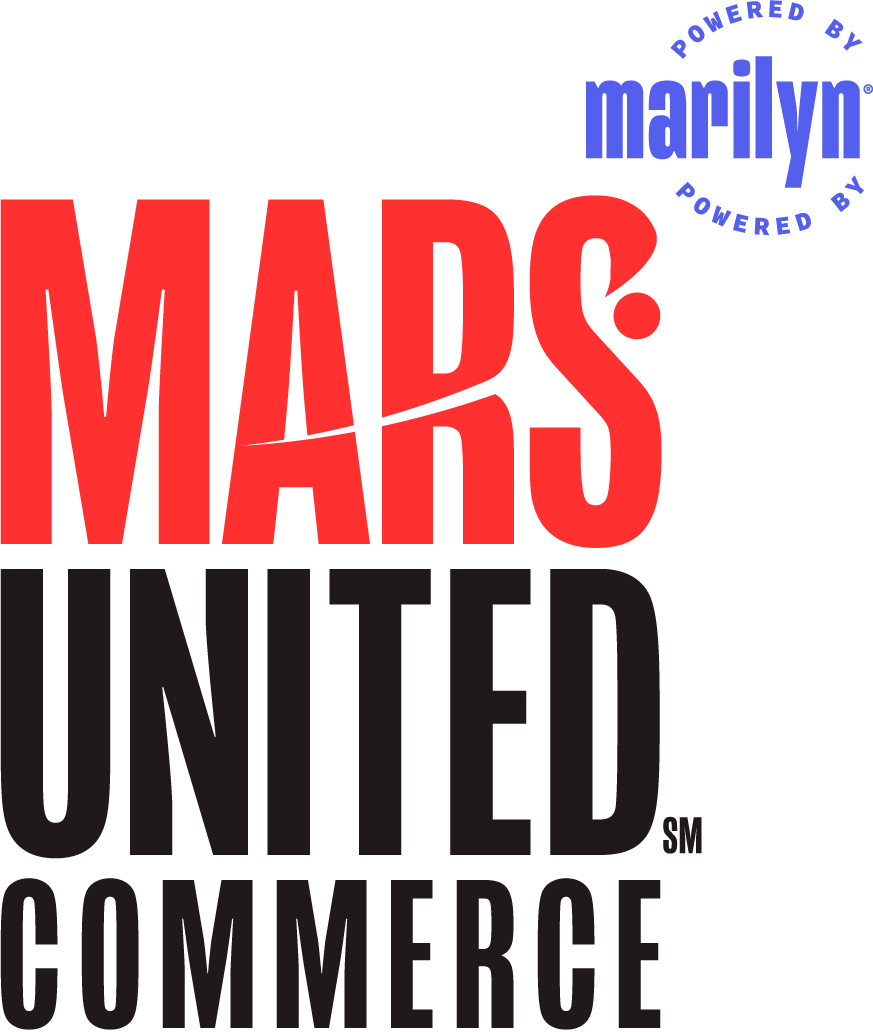For retailers, an effectively unique media network should incorporate the qualities that already make them successful.
By Courtney Crossley, Mars United Commerce

The retail media marketplace is becoming increasingly crowded as secondary and even ancillary retailers launch networks in a bid to improve margins by capturing ad dollars.
Those ad dollars are not increasing along with the marketplace, however, which means that there are more networks competing for pieces of a pie that isn’t growing to meet the demand. That has brand marketers working hard to determine where they should best allocate their budgets, and networks working even harder to differentiate themselves from the growing competitive pool.
But when they start thinking about what they can bring to the market that’s unique, that will differentiate them from the competition, retailers should take their retail media offering out of the equation and first identify the unique value they already provide, the foothold they’ve established that has had brands wanting to partner and shoppers coming to their stores all along. After making that determination, retailers can then take the steps necessary to make sure their retail media networks deliver on those values.
When it comes to retailer differentiation, Mars United always looks at three foundational areas:
1. Audience: One thing a retailer can always bring into the conversation is their unique shopper base, the audience they can provide advertisers as they’re looking to invest. Who are the unique shoppers that are coming to your stores rather than the competitor’s to find the brands they love?
But to make their audience appealing to advertisers, retailers must deliver the right level of granularity in their data and the ability to target these shoppers across a strong catalog of media offerings. Offering 30 different kinds of media but only targeting at a top-line — brand buyers, or maybe brand switchers, say — doesn’t really help advertisers deliver against the customized goals they’re bringing to the retail media space these days.
2. Reporting: Once they’ve developed a great ability to target their unique audience at granular levels, retailers then need to report to the right level of detail to help advertisers answer all the questions they’ll have to understand the full impact of their media investment.
3. The Shopper Experience: The last factor is the quality of the shopper experience. This unique shopper base is coming to their stores for particular reasons. Is the retailer giving them a digital experience that’s familiar and supports what they’ve come to expect in the store environment?
Getting this right involves a lot of small actions, everything from the way display ads appear on the home page to the look and feel of content on product detail pages — does it offer a similar experience to the way those brands are positioned in stores?
There are other ways for networks to differentiate. One is the way in which retailers consider, and respond to, the needs of their brand partners, as Andy Howard, my colleague at The Mars Agency, always points out. Another is the exclusive technology partnerships you establish to make your tools best in class, he notes.
And, of course, there is performance. It is well-known fact that brands are comparing performance across retailers — as they should. It doesn’t matter how unique and differentiated the network is if it’s not delivering real — and accurately measurable — business results. But for us, the question isn’t how a retail media network can differentiate itself, but how the retailer can continue to deliver the unique foothold it has already established through the network. The apple shouldn’t fall far from the tree.
For more retail media insights, read Mars United’s Retail Media Report Card.
____________

About the Author
Courtney Crossley is Vice President of Commerce Media for Mars United Commerce, where she develops holistic, business-led strategies across all client touch points with the goal of driving top-line results. She brings a wealth of end-to-end experience from prior roles at Kroger Precision Marketing, where she helped brands better connect with shoppers, and at Google, where she advised c-suite leaders across a diversified client portfolio on adopting a digital mindset. Reach her at [email protected].



